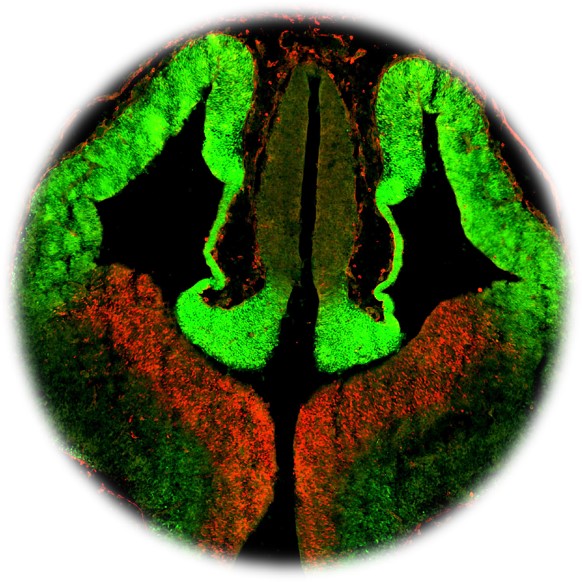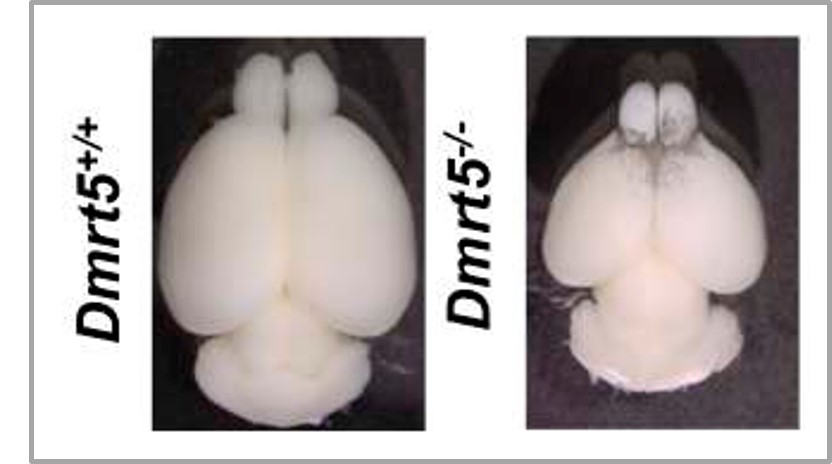THE CEREBRAL CORTEX: OVERVIEW
The cerebral cortex is arguably the most complex structure in the mammalian brain and the major site of our higher cognitive functions. It is derived from the dorsal part of the telencephalon (pallium), the most anterior embryonic brain vesicle. It is subdivided into distinct regions, such as the hippocampus, paleocortex and neocortex, that comprises specialized functional areas that form the neocortical area map. At maturity, the neocortex is made up of hundreds of distinct neuronal cell types organized into specific layers, which differ in their cellular constituents, connectivity and function. The cortex possesses two main categories of neurons: excitatory projection neurons, that extend their axons over long distances to cortical and subcortical targets; and inhibitory interneurons, which generally have short axons and regulate local circuits. Excitatory neurons are generated by local pallial progenitors, whereas inhibitory neurons are generated by subcortical progenitors in the medial/caudal ganglionic eminences of the ventral telencephalon. Defects in cortex development are associated with many human neuropsychiatric and neurological disorders such as epilepsy, mental deficiency, autism and schizophrenia. Thus, understanding how the cortex develops in healthy conditions is a first critical step to gaining insights into these disease states. Current work of the lab is on cortex growth and regionalization and cortical inhibitory neurons.
- CORTEX GROWTH AND REGIONALIZATION
Our work on cortex development focuses on thezinc finger Dmrt5/Dmrta2 and Dmrt3 genes that are expressed in a graded manner in cortical progenitors high caudomedially to low rostrolaterally. Our work has shown that the loss of function of Dmrt3 and/or Dmrt5 leads to a reduction of the cortical hem, one of the telencephalic signaling centers that organize the growth and patterning of the cortex, and their levels in neocortical progenitors regulates area map formation. We are currently trying to better understand how mechanistically Dmrt3 and Dmrt5 function together with other transcription cortical transcription factors to control the growth and patterning of the telencephalon. Results of our work may uncover novel essential aspects of the molecular mechanisms of early cortical development and provide explanations to the microcephaly caused by Dmrt5 deficiency in human.
- CORTICAL INHIBITORY NEURONS
Cortical interneurons play important roles in cortical function. Their importance is further manifested by increasing evidence that implicates them in brain disorders.
Cortical inhibitory neurons are generated in the basal ganglia and tangentially migrate to the cortex. We are currently studying the role of some transcriptional regulators with enriched expression in newly born cortical interneurons in the control of their maturation and migration to the cortex.


